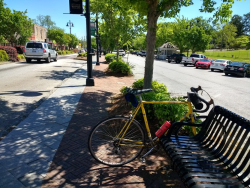
It’s a road bike with a Romic frame, hand-made by a Hungarian refugee. The derailleurs are by Campagnolo, the gearing Shimano.
It’s very nice. It cost me three teeth. A car ran into me, crushing my old bike, in early 1981, and this was offered by my mechanic as the replacement.
I mention this only to show I have experience in getting around an urban place without gasoline.
My strangest finding over that time is that Houston is a better city for bicycling than Atlanta, if you’re trying to go someplace. That’s because Houston is flat. Hills cost energy and limit the distance you can travel comfortably.
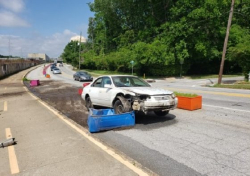
Assholes represent the chief danger on our roads. Assholes don’t pay attention, and sometimes steer into bicycles deliberately. Many assholes feel bicycles shouldn’t be allowed on the roads. They’d rather play “Exxon may I” with getting around, making massive purchases of gasoline a tax on all transport, rather than give one inch to anything else.
Cars driven by assholes belong in suburbs. They don’t belong in crowded cities.
When I was younger, I did 100-mile rides called centuries and went out for drinks after 50-milers. When my kids got old enough that my wife let me out, I became a regular Sunday rider, often doing 25-mile intown jaunts and then making dinner.
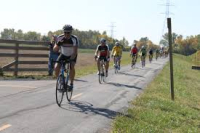
My son, for instance, rides upright, on a machine once called a “mountain bike.” This gives him a better view of what is around him. His bike has fatter tires, and they don’t puncture as easily as my tires do. I put less energy into 20 miles than he does. But he’s a lot less likely to be stuck at the side of the road with a patch kit than I am.
Electric bikes and scooters are another big change. You can hop on an upright electric bike and be on your way in a minute. It takes me a half-hour to change into bike clothes (never hit the street without a helmet) and get out the door.
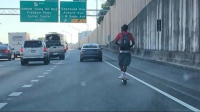
Early this century Atlanta bicyclists had a dream they called the Beltline. Someone at Georgia Tech discovered that the old, unused rail lines inside the urban core made a near-circle. They suggested the tracks be taken up and the circle paved, as a bike path.
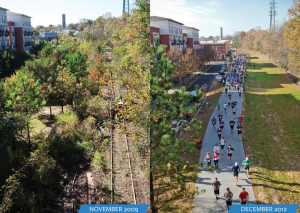
But just as you should never use duct tape to tape ducts, never ride a bicycle on the Beltline. When people are walking, they stop suddenly, and turn unpredictably. Scooters can get around this. Just put your foot back on the ground. You don’t need a speed limit sign on the Beltline because no one can travel faster than 5 mph when it’s busy, not without taking their life in their hands.
This is also true at the various “Streets Alive” events the City of Atlanta has launched to take advantage of Beltline excitement. I tried riding one. I had my head on a swivel, half the time my feet were out of the pedals, I usually went at half the speed I wanted, and I came home with a fierce headache, from watching for kids jumping in front of me.
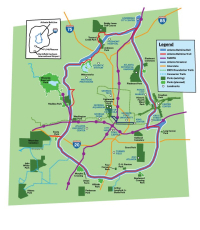
Once you go beyond the Beltline, you’re traveling between islands of congestion. A bike would get you there quickly, if the islands are just a few miles apart, but once you’re there you’re back in the same pickle you were before.
The answer is electricity. Cheap e-scooters and e-bikes you can rent by the hour are perfect for most new American cities. An exception is Manhattan, where distances are small enough and crowds large enough that walking makes more sense. I brought my bicycle to Manhattan for a month, 33 years ago, and it was one of the dumbest things I’ve ever done.
As density increases, speeds slow down and your transportation options change. Some urban planner can probably come up with an equation for this, but it now seems obvious. Roads are great when everything is 20 miles apart. Bikes are fine going between islands of density, if you can find a place to lock them. (Once my bike became an “antique,” 20 years ago, I stopped leaving it anywhere but inside the house.) E-bikes and scooters are the choice within islands of density, until they become so dense that only walking will do.
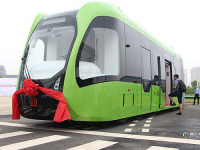
The bottom line is that my bicycle has become obsolete, at the same time I’m becoming obsolete. I’ve been a mammal around dinosaurs, living in the fringes of the car’s world. But that era, like the motor car, is being killed by density. Cars are too big to be efficient when urban density grows.
So, too (sadly) with my alternative.











Another interesting read. Learned a lot here. Thanks.
Another interesting read. Learned a lot here. Thanks.
Amazing informative for protecting our Road hoping it can happen in Africa
Amazing informative for protecting our Road hoping it can happen in Africa